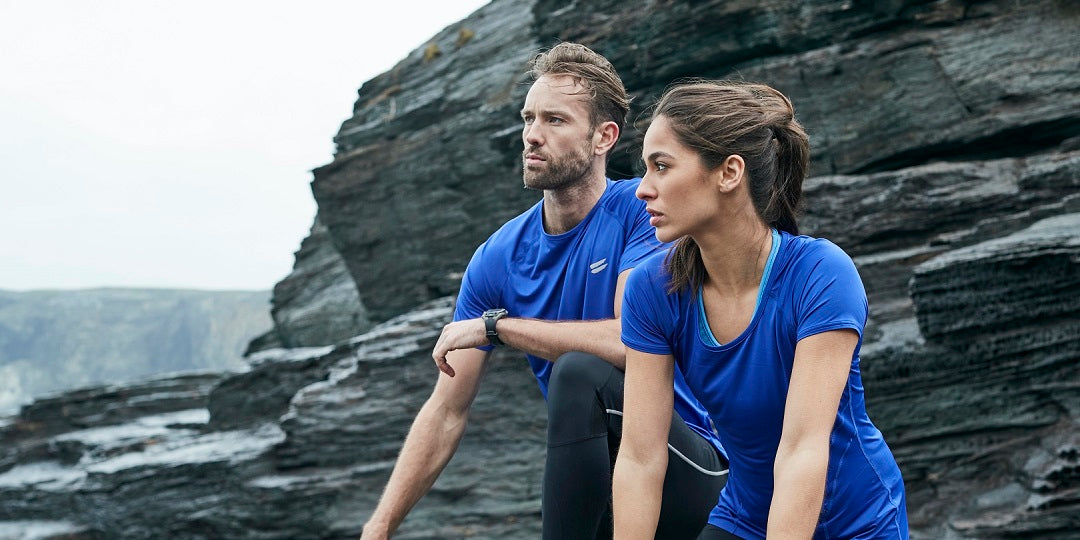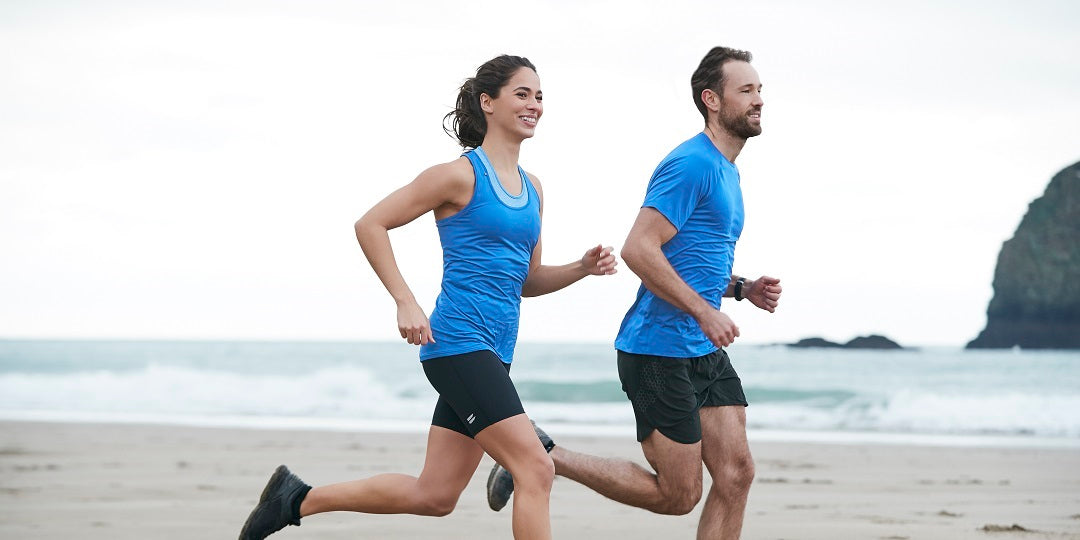If you’re taking a coastal holiday or excursion this summer then we encourage you to pack your running kit and try your hand (or feet rather) at running along the sandy beaches your chosen destination has to offer.
Running on sand can force you to use up to 60% more energy than you would normally use when running on firmer surfaces such as roads or grass. Rather than being pushed forward when your foot strikes the ground, like you would be when running on tarmac, the sand absorbs part of the energy from your foot strike. Therefore running on sand requires you to generate more force in order to propel yourself forward, thus burning more calories - potentially up to 30% more.
As well as burning more calories, running on sand will increase your strength and as a result your endurance. By absorbing part of the impact of footfall, your lower leg muscles, ligaments and tendons as well as your ankles and arches are forced to work much harder than they are on firmer surfaces.
The benefits are not just confined to your legs. The increased effort needed to drive your knee forward forces you into a greater range of movement thus giving not just your legs but also your hips and arms an increased workout. The uneven surface also forces you to engage your core in order to keep yourself stabilised. Continued strengthening of stabilising muscles can help prevent you from sustaining common road running injuries. Running on sand can also help prevent impact injuries as it gives your joints a break from the stress they regularly receive from running on roads.
The above benefits are best achieved by running barefoot due to the increased strain and stretch. However, be wary of making an immediate switch from roads and shoes to bare feet and sand. Your feet are used to support and a sudden increased workload could cause injury. Therefore it is advisable to begin by running in shoes on wet, firmer sand keeping the mileage lower than what you normally would on roads. Once you feel comfortable with the new surface you may want to try running barefoot on either wet sand or dry, softer sand.
One final benefit of running on the beach not yet mentioned - after your workout you can cool off by taking a refreshing dip in the sea!






Leave a comment (all fields required)